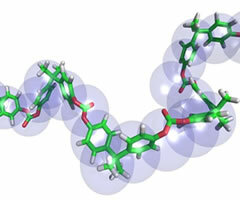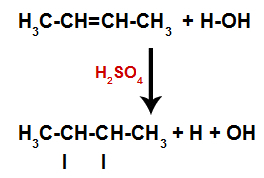O Bohr's Atomic Model it has the appearance of orbits where there are electrons and, in their center, a small nucleus.

The Danish physicist Niels Henry David Bohr (1885-1962) continued the work developed with Rutherford. He filled the gap that existed in the atomic theory proposed by Rutherford.
For this reason, the atom de Bohr can also be called ModelAtomicinRutherford–Bohr.
Niels had met Rutherford in the Cambridge University laboratory and was taken by him to the University of Manchester where they worked together.
Bohr was able to explain how the hydrogen atom behaves, which was not possible through Rutherford's atomic theory.
But, although Rutherford's atomic model has been perfected, Bohr's model is still not perfect, since there are still gaps to be explained.
In 1913, Bohr carried out experiments that showed these flaws and proposed a new model.
If Rutherford's proposed model were correct, when accelerated, the electrons would emit electromagnetic waves. Subsequently, these particles would lose energy and consequently collide with the atomic nucleus.
What actually happens is that the electron emits energy. The greater its energy, the farther it is from the nucleus of the atom.
Learn more about atomic models and the evolution of atomic models.
Postulates of Bohr
Through the work he developed, Bohr obtained four principles:
- Quantization of atomic energy (each electron has a specific amount of energy).
- Electrons move in an orbit, which are called "steady states". Upon absorbing energy, the electron jumps to an orbit farther away from the nucleus.
- When it absorbs energy, the electron's energy level increases by jumping to an outer shell. On the other hand, it decreases when the electron emits energy.
- The energy levels, or electron shells, accommodate a set number of electrons and are designated by the letters: K, L, M, N, O, P, Q.
Bohr's model was linked to the Quantum Mechanics. Thus, from the 1920s onwards, Erwin Schrödinger, Louis de Broglie and Werner Heisenberg, in particular, contributed to the model of the atomic structure.
Do you want to know the other atomic models? Read:
- Dalton Atomic Model, which looks like a billiard ball
- Thomson Atomic Model, also known as "plum pudding model" or "pudding with raisins" due to its appearance
- Rutherford Atomic Model, which has the appearance of a planetary system.
Test your knowledge of the topic at: exercises on atomic models.


